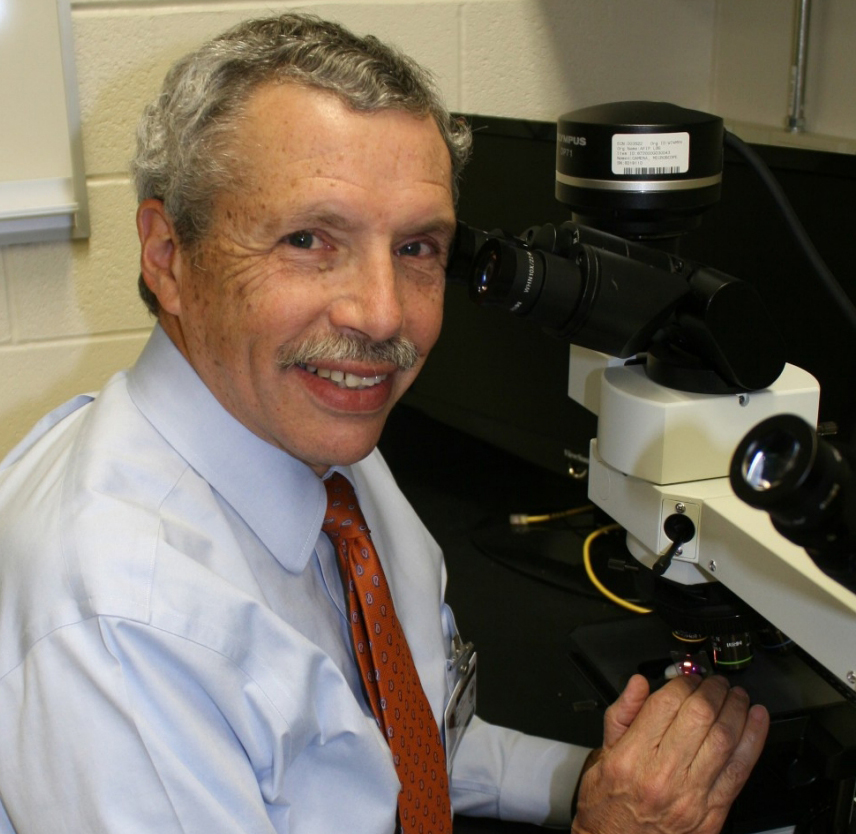
Why do we need people to donate their brains?
In order to study the brain, you really have to examine a brain specimen. The advances in scanning and imaging the brain have been remarkable and you’ve all seen the incredible images that one can obtain and this is truly a miracle and been very helpful in terms of many aspects of our understanding of brain disease. But unfortunately, these brain imaging devices are limited in the resolution that they have in terms of the size of an object that they can actually distinguish.
When you compare that to looking at a brain specimen, particularly under the microscope, we can see things that are a thousand times smaller than the best, let’s say MRI instrument, which makes a huge difference. We can see the nature of the disease on the cellular level, which is really where you need to go if you want to understand it, particularly in a problem where we don’t have a basis for understanding in terms of past knowledge, because nobody had really actually collected brains like this and studied them prior to our work.
When the specimen comes in, it’s examined with care, it’s photographed, it’s measured, it’s dissected so that various portions of the brain can be looked at and then actual pieces are prepared so that we can look at them under the microscope with a whole variety of different types of staining procedures so that we can look at specific proteins and cell types.
It’s a complicated and expensive operation. But at the end of the day one can really detail the nature of abnormalities present within that brain and can compare it to individuals who have not been, in this example, exposed to military battlefield conditions to try to figure out exactly what’s happening.
In order to have access to these specimens, we have basically set up a brain donation program and a brain repository in which families could, upon the death of their loved one, decided to support research on this problem and donate the brain for research. And we’ve been very successful in doing that.
Another of the major issues in addressing this is we don’t do autopsies anymore. We don’t study post-mortem tissues anymore. We think we know all the answers, because we’ve got better diagnostic techniques or whatever answer one wants to give. So we don’t have an experience of looking at large numbers of individuals who’ve just had the normal events in one’s life to look at. In the old days, where we did many more autopsies, we had that data.
There are a few archival collections actually available that could be resampled to start to answer that question. We’ve actually looked into the possibility of doing that. This is an important question that needs to be answered. And when we’re doing such a very small percentage of deaths looking at autopsies, you’re not going to be able to answer this question. So this is a real problem. Obviously if we get to a point where we could diagnose CTE in a living individual, then this changes. It’s very similar to the issue with the blast injury. Then you can go to populations and to start to screen them and study them. But until we have that, we’re sort of stuck with inadequate information.
For more information about where veterans can donate please visit BrainLine partner: Concussion Legacy Foundation Project Enlist.
About the author: Daniel P. Perl, MD
Dr. Perl is a Professor of Pathology at USUHS and Director of the CNRM's Brain Tissue Repository, where he has established a state-of-the-art neuropathology laboratory dedicated to research on the acute and long-term effects of traumatic brain injury among military personnel.

